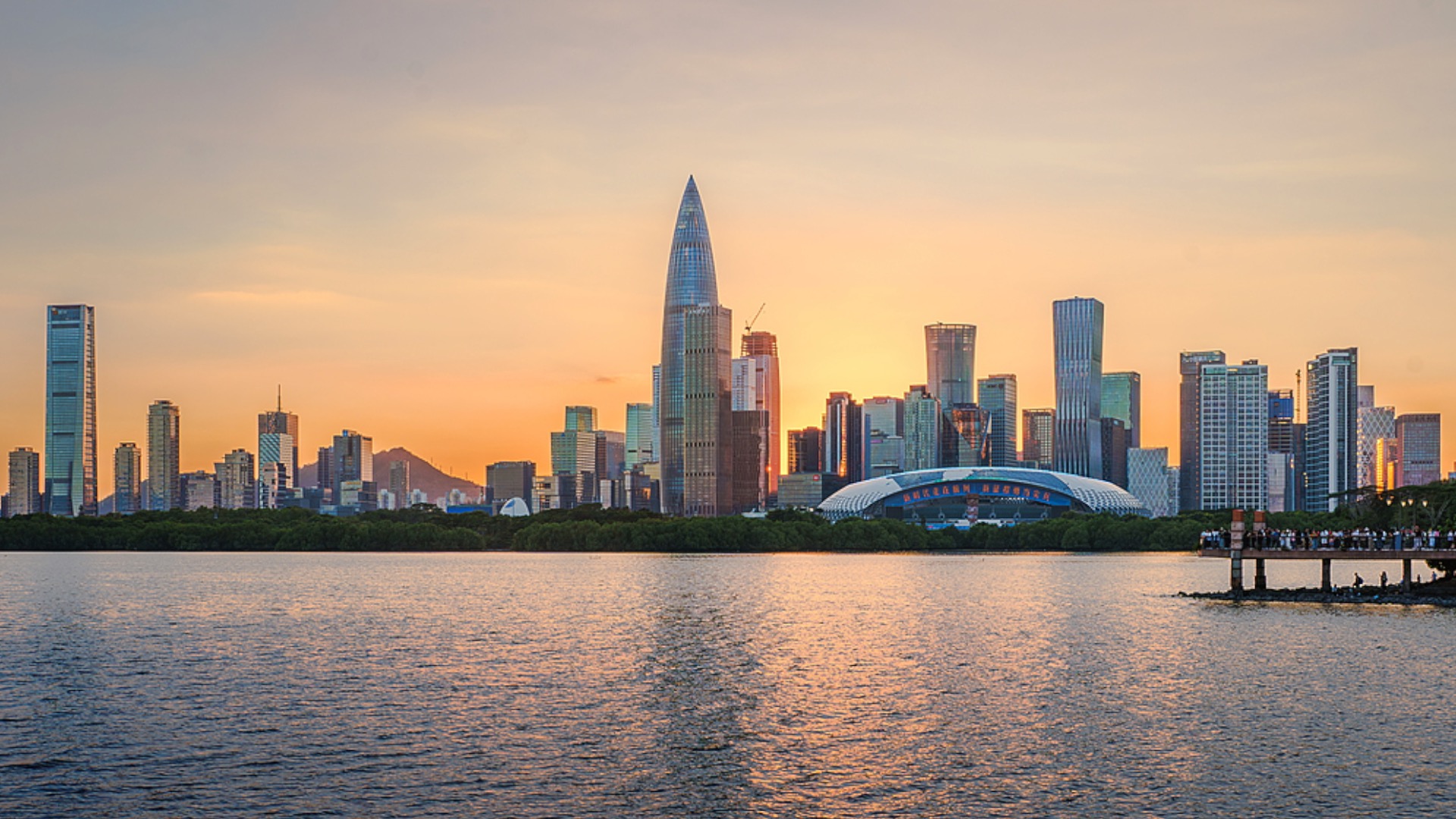APEC spotlight shifts as China stays on to press regional agenda

Balancing U.S. theatrics with China’s persistence
The Asia-Pacific Economic Cooperation week that just wrapped in Busan was supposed to showcase Washington’s renewed focus on the region. U.S. President Donald Trump flew in, met Chinese President Xi Jinping, clinched a temporary easing of tariffs and won headlines about an opening in the superpower standoff. Then he left. What followed, according to regional diplomats, was a reminder that China’s strategy relies less on spectacle and more on staying power, and that the real contest for influence happens after the photo ops end. Chinese officials fanned out across delegations to push infrastructure deals, supply-chain assurances and a bigger role for Beijing in Southeast Asia’s industrial push, diplomats said. That made smaller economies wonder whether the U.S. can sustain attention once the summit lights go off.
Strategic anxieties around the Indo-Pacific order
Busan also exposed how crowded the security agenda has become. Japan, South Korea and ASEAN members still want U.S. naval backing in the South China Sea and around Taiwan, but many also quietly welcome tariff relief and steadier access to Chinese inputs for their factories. Beijing leveraged that mix: it signaled it would keep rare-earth exports flowing and resume some U.S. farm purchases in exchange for Washington freezing parts of its tariff plan for a year, Japan-based analysts told local media. At the same time, China tied economic carrots to political asks — pressing for quicker agreement on a regional code of conduct at sea and urging countries not to join U.S.-led tech curbs. For Washington, that means its big-bang summit diplomacy now has to be matched by denser, longer visits in between, or it risks ceding the “aftercare” phase to Beijing. Tokyo’s own takeaway is that it must widen its network — from Central Asia to the South Pacific — so it is not forced to choose every time the U.S. and China pull in opposite directions.


















